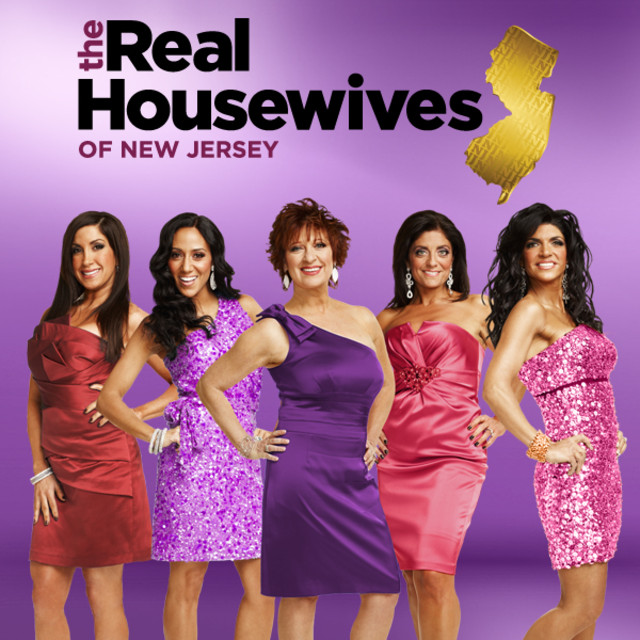-
Gallery of Images:

-
There's no exact date, but classical economics refers to economic theory between 1730 to 1870 in Britain; it followed the less systematic works of Defoe, Swift, and similar political commentators; it was followed by the late 19th century's marginal revolution. Classical economics, English school of economic thought that originated during the late 18th century with Adam Smith and that reached maturity in the works of David Ricardo and John Stuart Mill. Classical economics is the first modern school of economic thought. Its main developers include Adam Smith, JeanBaptiste Say, David Ricardo, Thomas Malthus and John Stuart Mill. Adam Smith The Wealth of Nations Classical economics is associated with laissezfaire economics, which is the idea that the economy works best when government has minimal or no control over it. The term, coined by a French merchant, fits with a lot of Smith's thinking but not all of it. Keynes refuted Classical economics' claim that the Say's law holds. The strong form of the Say's law stated that the costs of output are always covered in the aggregate by. For once neoclassical economics was associated with scientific economics, to challenge the neoclassical approach was to seem to challenge science and progress and modernity. The value of neoclassical economics can be assessed in the collection of truths to which we are led by its light. Classical and Keynesian economists have different views on the role of government in manipulating the economy. These differences have significant impact on government policy and influence on. Classical economics is widely regarded as the first modern school of economic thought. It is associated with the idea that free markets can regulate themselves. Its major developers include Adam Smith, David Ricardo, Thomas Malthus and John Stuart Mill. neoclassical economics necessarily posits hyperrational bargainhunters, never able to resist an act which brings them the tiniest increase in expected net returns, is apt method of classical economists like Adam Smith and David Ricardo. The Classical and Keynesian schools of economics represent two differing approaches to economic thought. The Classical approach, with its view of selfregulating markets that require little government involvement, dominated the 18th and 19th centuries. Video created by University of California, Irvine for the course The Power of Macroeconomics: Economic Principles in the Real World. Learn online and earn valuable credentials from top universities like Yale, Michigan, Stanford, and leading. Classical Economics It is the first important school of economic thought, which included some of the best known economists of all times, as we will see. Thanks to these authors, the study of economics became more of a science, instead of just a kind of philosophy. Classical Economics Says Law Supply creates its own demand Saving is irrational Products are paid for with products, so money has Belief in laissezfaire was a popular view during the 19th century; its proponents cited the assumption in classical economics of a natural economic order as support for their faith in. a very good video comparing classical and Keynesian economics. Neoclassical Economics View: As a coherent theoretical body, the classical school of economic thought starts with Smiths writings, continues with the work of the British economists Thomas Robert Malthus and David Ricardo, and culminates with the synthesis of Jonhn Stuart Mill, disciple of Ricardo. Books shelved as classicaleconomics: The Wealth of Nations by Adam Smith, On Liberty by John Stuart Mill, Works of Jeremy Bentham by Jeremy Bentham, The Classical economics is widely regarded as the first modern school of economic thought. The term classical refers to work done by a group of economists in the eighteenth and nineteenth centuries. The term classical refers to work done by a group of economists in the eighteenth and nineteenth centuries. The fundamental principle of the classical theory is that the economy is selfregulating. Classical economists maintain that the economy is always capable of achieving the natural level of real GDP or output, which is the level of real GDP that is obtained when the economy's resources are fully. Classical economics (1776 1890) Interested mainly in longrun economic processes (economic growth; distribution of income over time etc. ) Optimistic about the workings of free markets Neoclassical economics is an approach to economics focusing on the determination of goods, outputs, and income distributions in markets through supply and demand. The principle difference between Keynesian and classical economics is the role of government espoused in each. Keynesians advocate for increased governmental involvement in the economy, while classicists believe that the economy works best with limited governmental interference. In classical economics, rent was the income derived from the ownership of land and other natural resources in fixed supply. This definition originated in the 18th century as part of the explanation of the distribution of income within society. New classical macroeconomics, sometimes simply called new classical economics, is a school of thought in macroeconomics that builds its analysis entirely on a neoclassical framework. Specifically, it emphasizes the importance of rigorous foundations based on microeconomics. Classical economics refers to a school of economics, the most famous proponents of which were Adam Smith, Jean Baptiste Say, David Ricardo, and John Stuart Mill. Classical economics asserts that markets function best without government interference. It was developed in the late 18th and early 19th century by Adam Smith, JeanBaptiste Say, David Ricardo, Thomas Malthus, and John Stuart Mill. Definition of classical economics: School of economic thought which stresses that economies function most efficiently if everyone is allowed to pursue his or her self interest, in an environment of free and open competition. Definition of classical economics. A school of economic thought, exemplified by Adam Smith's writings in the 18th century, that states that a change in supply will eventually be matched by a change in demand so that the economy is always moving towards equilibrium. Economics schools of thought Classical School. The Classical school, which is regarded as the first school of economic thought, is associated with the 18th Century Scottish economist Adam Smith, and those British economists that followed, such as Robert Malthus and David Ricardo. School of economic thought promoting the notion that economies do best if everyone can pursue ones own self interest with free and open competition. Several 18th and 19th century British economists from Adam Smith ( ) through to Alfred Marshall ( ) gave rise to these ideas. Classical economics is theory of the firm, examining factors which affect success of individuals building businesses of any size. Macroforces are public policies on money, taxes, spending and crime as influenced by elites and middle class producers. Neoclassical economics refers to a general approach in economics focusing on the determination of prices, outputs, and income distributions in markets through supply and demand. These are mediated through a hypothesized maximization of incomeconstrained utility by individuals and of costconstrained profits of firms employing available information and factors of production. the classical economists were able to provide an account of the broad forces that influence economic growth and of the mechanisms underlying the growth process. Accumulation and productive investment of a part of the social surplus in the form of Later Keynesian economists achieved a measure of reconciliation with the classics. paul samuelson argued for a neoclassical synthesis in which classical economics was viewed as governing resource allocation when the economy was kept, through judicious government policy, at full employment. Other Keynesian economists sought to explain consumption, investment, the demand for money, and. Classical economics refers to a body of work on market theories and economic growth that emerged during the 18th and 19th centuries. Classical Economics A set of related economic theories that trace their origins to the Enlightenment. Adam Smith is commonly thought to be the father of classical economics. He and those who followed him believed that economies work most efficiently when economic actors attempt to maximize their own selfinterests, and that doing so tends to maximize. The classical era in the history of economics is an important part of the history of ideas in general, and its implications reach beyond the bounds of the economics profession. On Classical Economics is a book from which students can learn both history and economics. It is not simply a Cook's tour of colorful personalities of the past but a. Economic Theories: Classical Economics. Why Is The Wealth of Nations So Important? Adam Smith and Classical Economics (2010) Duration: 1: 09: 53. The Film Archives 172, 726 views Classical Economics Outline DRAFT Page 1 CLASSICAL SCHOOL OF ECONOMICS ( ) AN OUTLINE R. Larry Reynolds INTRODUCTION The Classical School of economics was developed about 1750 and lasted as the mainstream of economic thought until the late 1800s. Socrates There have been a lot of debates among political elites concerning Keynesian Economics, Classical Economics and Austerity. I have posted several articles from Wikipedia to give you the reader a clear definition of the three theories before I began my discussion concerning my views. Classical economics definition, a system or school of economic thought developed by Adam Smith, Jeremy Bentham, Thomas Malthus, and David Ricardo, advocating minimum governmental intervention, free enterprise, and free trade, considering labor the source of wealth and dealing with problems concerning overpopulation. Nonetheless, Classical economics is the jumping off point for understanding all modern macroeconomic theories, since in one way or another they change or relax the assumptions first discussed in the Classical school of thought to derive a more realistic Neoclassical economics is a theory, i. , a school of economics that believes that the customer is ultimately the driver of market forces. By market forces, they mean price and demand. The school believes this because the consumers aim is customer satisfaction, while. Neoclassical economics is an approach to economics that relates supply and demand to an individual's rationality and his ability to maximize utility or profit. Neoclassical economics also uses. Classical economics reached its fullest expression at the end of the 19th cent. in the work of Alfred Marshall. Marshall used mathematics to perfect the application of classical techniques and introduced important modifications to the notions of competition, marginal utility, and rent. Classical economics is the original school of economic thought first developed by Adam Smith (Wealth of Nations, 1777). It lay out many principles of economics that. Classical Economics History Traced back to Adam Smith, 1776. Classical economic principles were adjusted to macroeconomic occurrences and delivered a guide for macroeconomic policy until the start of the Great Depression in 1929..
-
Related Images:











